The e-commerce landscape has experienced rapid changes in the past few years from the advancements in technology, changing consumer behaviours, and the impact of worldwide events such as the COVID-19 pandemic. This industry has been through its fair share of ups and downs. So where does that leave Facebook Ads and their effectiveness in driving e-commerce sales?
We’ve put together 5 essential do’s and don’ts to keep in mind when creating your next sales campaign.
Do’s:
👍Do define your target audience. Take time to clearly define your target audience before creating your ads. Explore Facebook’s wide range of audience options including interests, detailed targeting, website data and lookalike audiences. The more clear your target audience is the more likely Facebook will target your ads at the right people that are the most likely to buy your products!
👍Do use compelling ad copy and high-quality creatives. Social media is highly visual and very competitive. Make sure your ad stands out from the crowd by making your ads eye-catching and creating emotion for the user. Ensure that you highlight the benefits that your products offer.
👍Do test! Experiment with different ad formats, such as carousel ads, video ads, and collection ads, to see what resonates best with your target audience. Along with this make sure you’re filling out all the different options for ad copy within the primary text, headline and description sections. Facebook allows you to add multiple text options that they will then show to each person, based on what they’re most likely to respond to.
👍Do set clear campaign objectives. Is your client looking to drive sales, generate leads, or increase traffic to their website? Make sure that this is clear to you before you start and select the aligning Facebook campaign objective for the best results.
👍Do optimise your ads for mobile users. With the majority of Facebook and Instagram users accessing on a mobile device, ensure that you optimise your ads for mobile. Look at your ad creative and copy to make sure it is mobile-friendly and eligible. If you’re creating ads on your desktop, make sure to test it on your mobile to make sure all creatives are eligible and not too small to read.
Don’ts:
👎Don’t overcomplicate your ad campaign. We usually use the 3×3 rule. 3 sets of the ad set with different targeting and 3 different ads. This allows us room to test what works best whilst still being easy to manage and optimise. If you have too many ads sets you can overload Facebook’s delivery systems which will negatively impact your performance.
👎Don’t narrow down your target audience too much. Broad targeting is on the rise on Facebook and we can agree that our best-performing campaigns are ones that have a broad target audience. This allows Facebook delivery systems to find the best people to show your ad to. This can lead to potential customers that you didn’t know about before. If you narrow down your target too much it limits Facebook’s capabilities, which will most likely lead to poor performance.
👎Don’t ignore your landing page experience. The majority of users are on a mobile device, therefore, make sure your landing page is mobile-friendly, and responsive. Having a slow loading speed can put users off and result in low conversion rates.
👎Don’t forget what the customer is looking for. It is important to think like your target audience to create the best ads for them. Is your product solving a problem for them? What makes it better than your competitors’ products? Have you got enough social proof online that you can use to your advantage? Think about why your customer would find value in your product and use this as clear USPs within your ads.
👎Don’t rely on one ad set or ad. Facebook works best when it can use its machine learning capabilities to test and see what performs best for your audience. Creating more ad sets and ads will allow for a better chance of success to hit the mark when it comes to your audience. You can optimise your ad sets later on, if you find that one ad set performs a lot better than the other then you can allocate more budget towards driving better results for your campaigns.
To round this up, Facebook ads can still be very effective in driving results for your business. Make sure you’re staying up to date with all the best practices, and testing to see what works best within your own ad account. You can start by focusing on these do’s and don’t to help increase your chance of achieving your campaign objective and start driving sales. Be responsive to the changes in consumer behaviour and market trends to ensure your product portrays value to your target audience.

![[blog]_[Do's And Don'ts For E-commerce On Facebook]_[Blog Picture]](https://cedarwood.digital/wp-content/uploads/2023/04/wpimage-id13321width562pxheightautosizeSluglargelinkDestinationnone-figure-classwp-block-image-size-large-is-resizedimg-srchttpscedarwood.digitalwp-contentuploads202507Image-1-1024x-11-900x506.png)
![[blog]_[Meta Targeting 101]_[Blog Picture]](https://cedarwood.digital/wp-content/uploads/2023/03/wpimage-id13321width562pxheightautosizeSluglargelinkDestinationnone-figure-classwp-block-image-size-large-is-resizedimg-srchttpscedarwood.digitalwp-contentuploads202507Image-1-1024x-17-1-900x506.png)
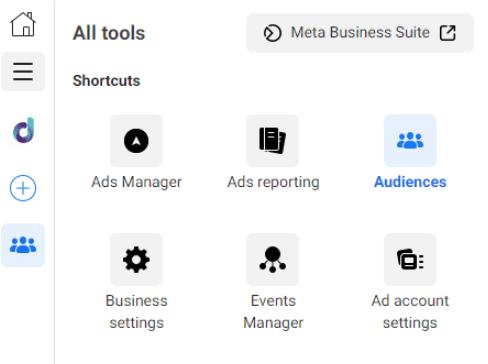
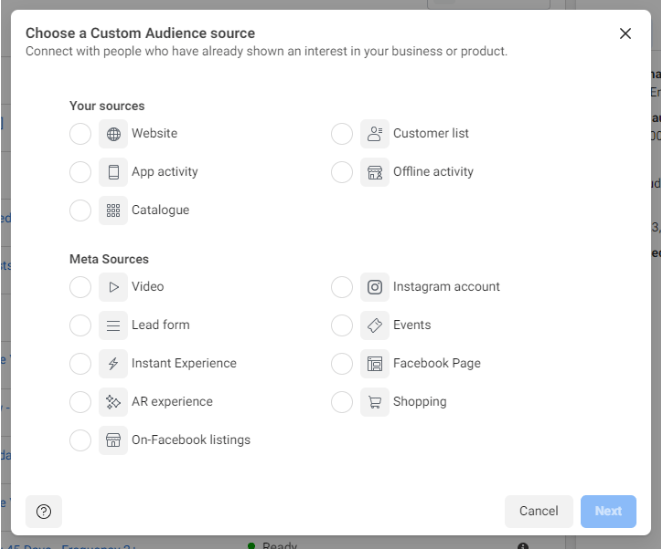
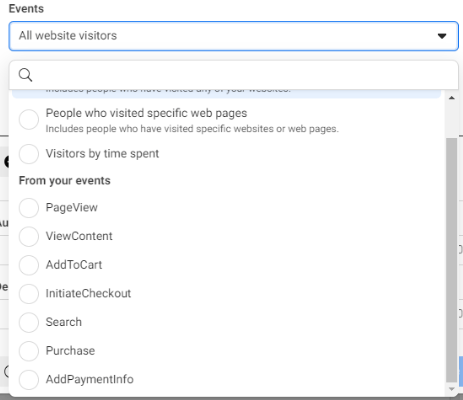
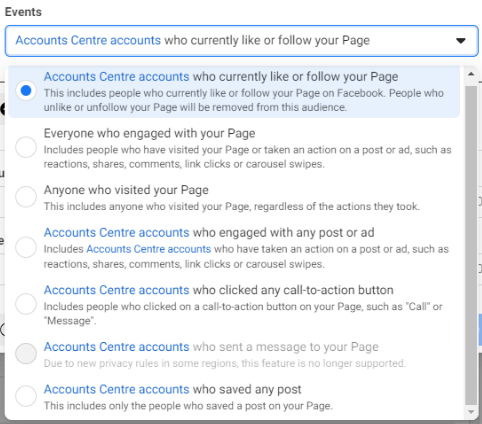
![[blog]_[A Guide To Advantage+ Campaigns]_[Blog Picture]](https://cedarwood.digital/wp-content/uploads/2023/02/wpimage-id13321width562pxheightautosizeSluglargelinkDestinationnone-figure-classwp-block-image-size-large-is-resizedimg-srchttpscedarwood.digitalwp-contentuploads202507Image-1-1024x-19-900x506.png)

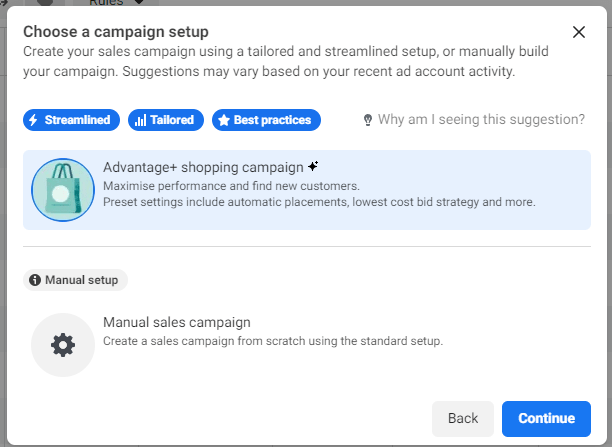
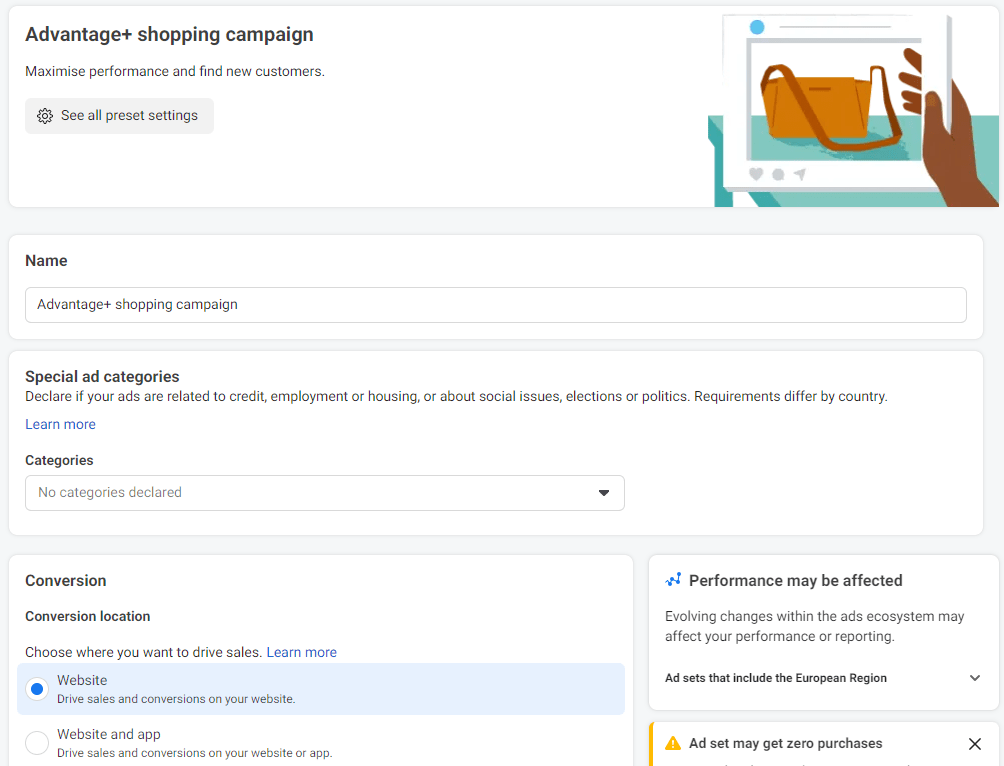
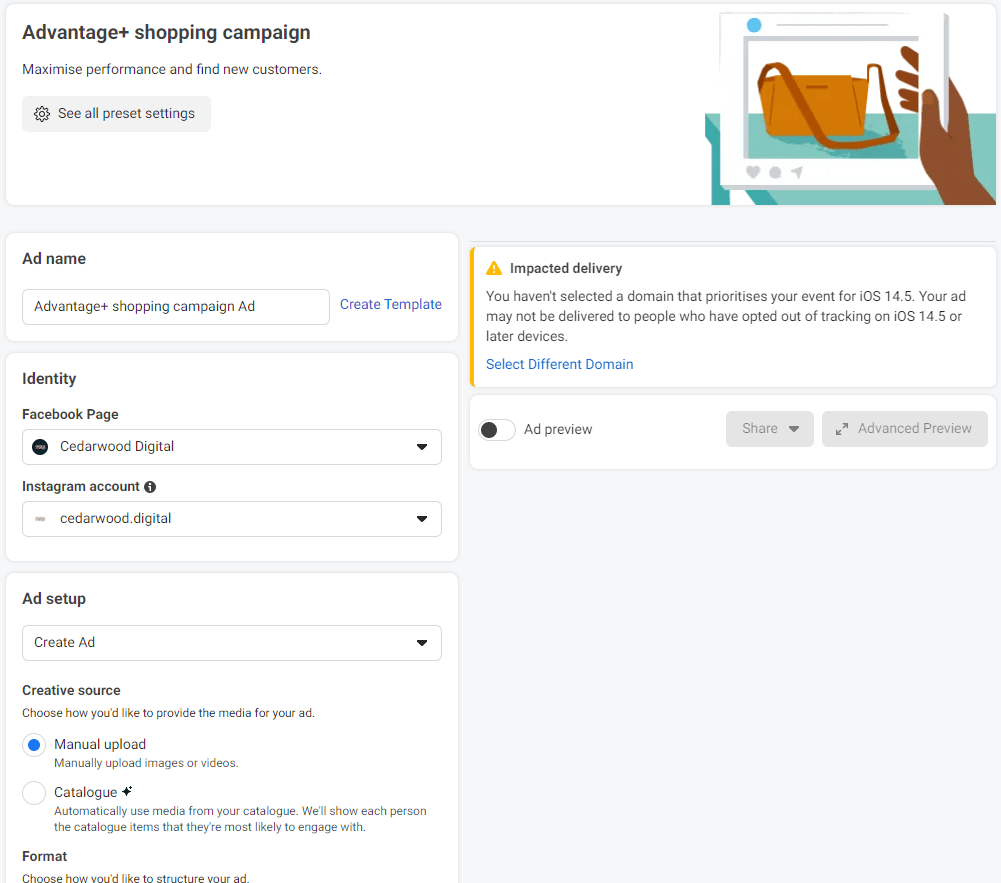
![[blog]_[iOS 14.5 and the Effects on Meta Advertising.]_[Blog Picture]](https://cedarwood.digital/wp-content/uploads/2022/10/wpimage-id13321width562pxheightautosizeSluglargelinkDestinationnone-figure-classwp-block-image-size-large-is-resizedimg-srchttpscedarwood.digitalwp-contentuploads202507Image-1-1024x-41-900x506.png)
![[blog]_[Finding The Right Facebook Ad Type For Your Campaign]_[Blog Picture]](https://cedarwood.digital/wp-content/uploads/2022/10/wpimage-id13321width562pxheightautosizeSluglargelinkDestinationnone-figure-classwp-block-image-size-large-is-resizedimg-srchttpscedarwood.digitalwp-contentuploads202507Image-1-1024x-43-900x506.png)
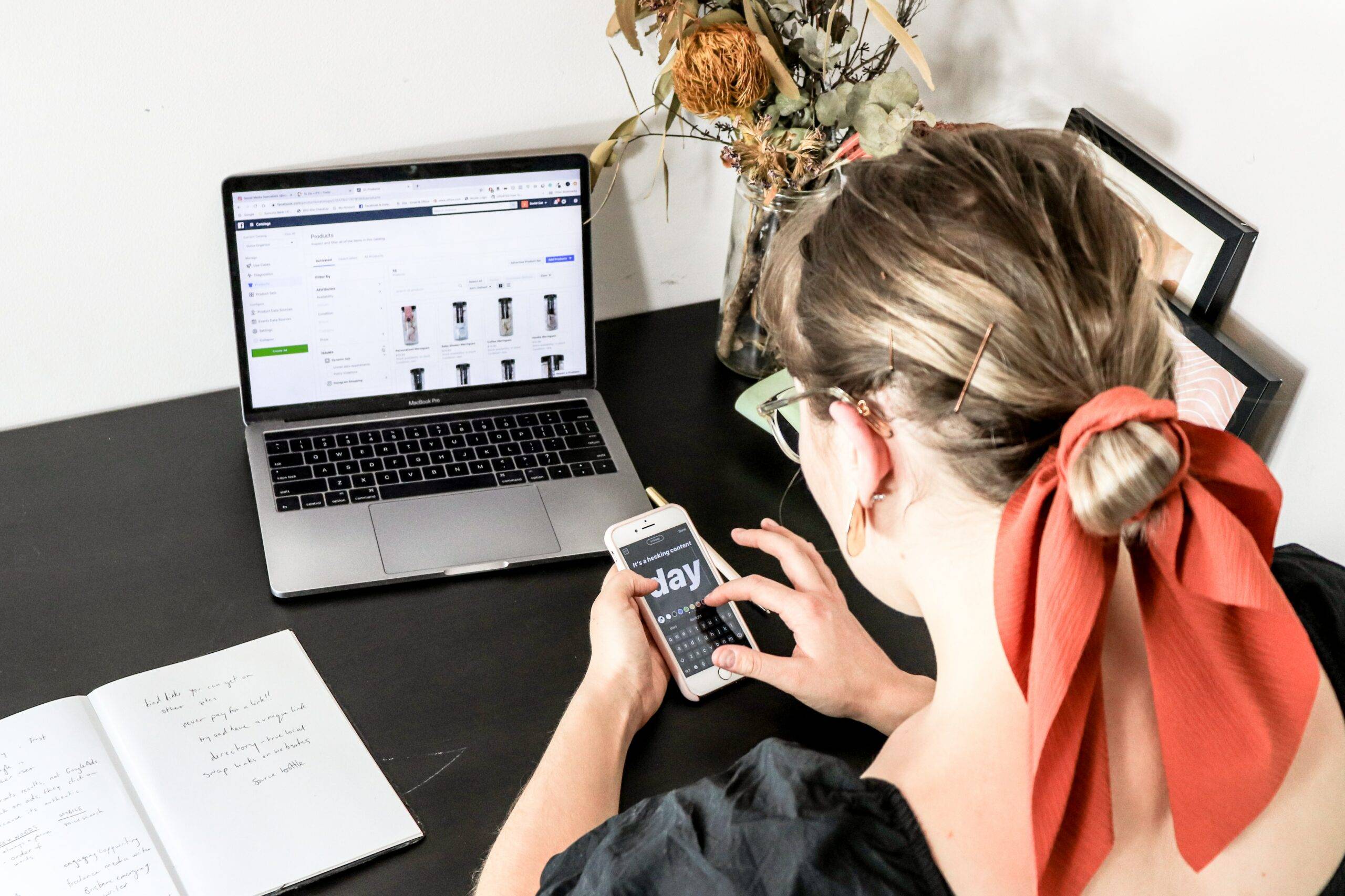
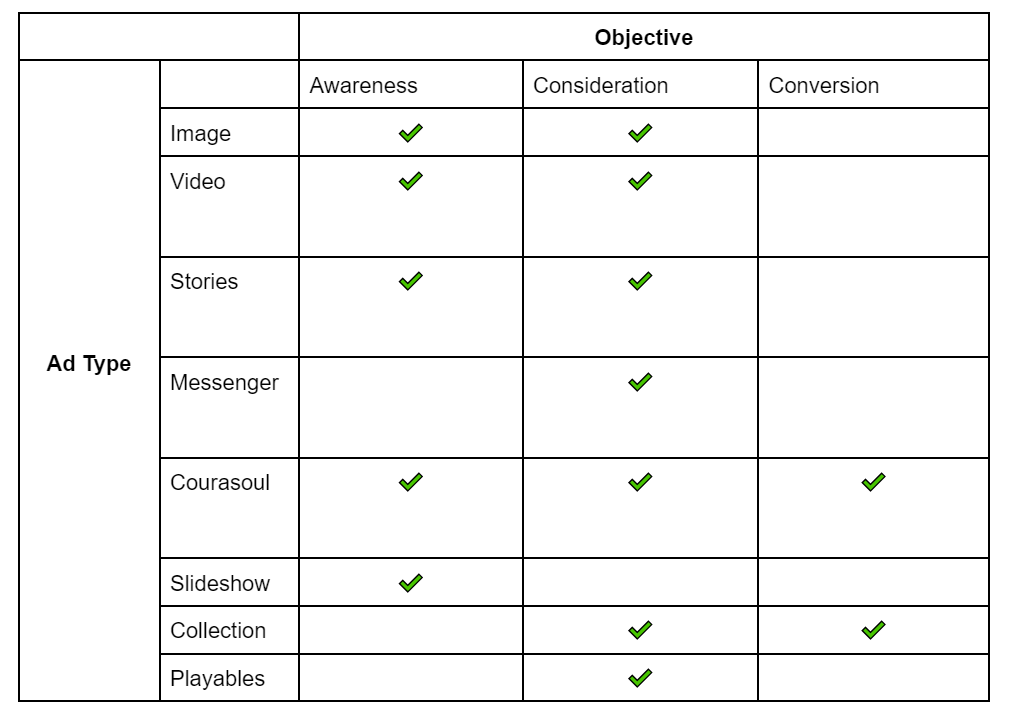
![[blog]_[LinkedIn Ads - Are They For You?]_[Blog Picture]](https://cedarwood.digital/wp-content/uploads/2020/06/wpimage-id13321width562pxheightautosizeSluglargelinkDestinationnone-figure-classwp-block-image-size-large-is-resizedimg-srchttpscedarwood.digitalwp-contentuploads202507Image-1-1024x-53-900x506.png)